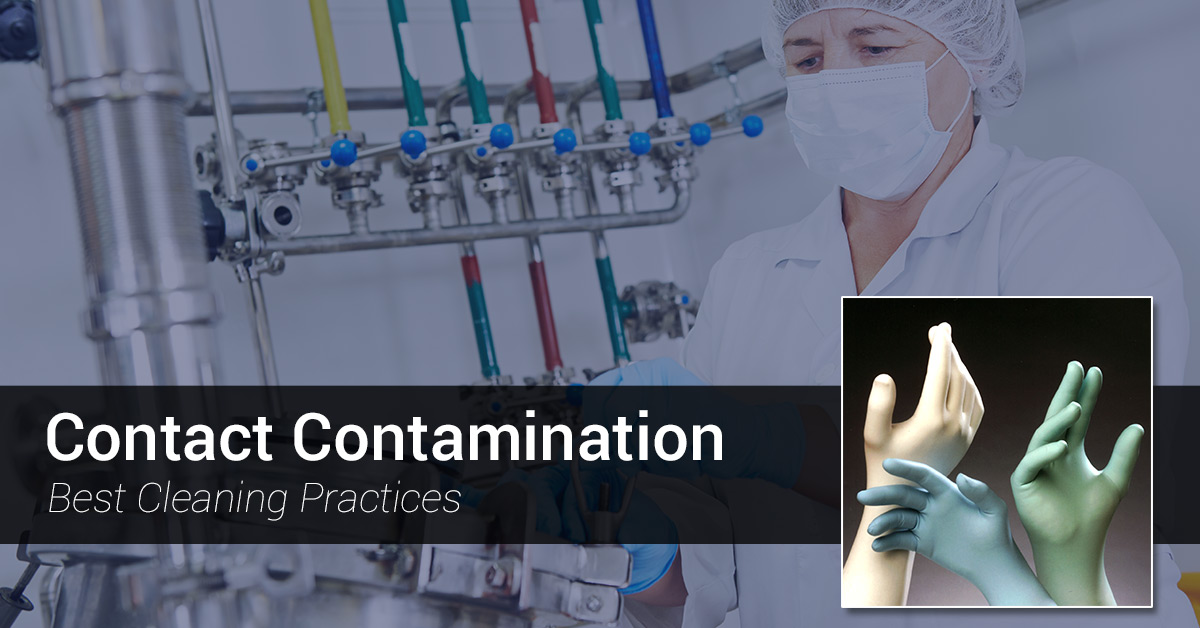Reducing Contact Contamination in Your Cleanroom
Posted by SOS Cleanroom on 5th Jan 2017

There are two main sources of contamination in a cleanroom, contact contamination and airborne contamination. Cleanroom policies must take into account both sources of contamination in order to maintain the cleanroom’s classification. In this blog post, we’ll look at what contact contamination is, the importance of reducing it, and the best ways to reduce the risk to your product of contamination through contact. We’ll also consider some of the best products that will help you to do to this efficiently.
What is contact contamination?
Contact contamination is contamination that gets spread through direct contact with a hazard. To give an obvious example, if you touch your face and then touch a cleanroom surface, you transfer contamination to that surface. Then, anything else that comes into contact with that surface will also be contaminated. Sometimes it’s difficult to fully appreciate the likelihood of contaminants being passed from place to place through contact, simply because we’re talking about fibers, microorganisms, and other particles that are too small to be seen by the naked eye. Still, these tiny particles pose a hazard to the product, and their numbers and spread must be controlled through the implementation of effective policies.
Why is it important to reduce contact contamination?
The very reason you have a cleanroom in the first place is because your product can be damaged or destroyed by even tiny amounts of contamination. These hazards are difficult to eliminate completely, but taking the right measures will reduce their likelihood of coming into contact with the product, potentially saving your business from expensive losses.
How do you reduce contact contamination?
In his book, Cleanroom Technology, William Whyte shares three factors that contribute to the risk rating of contamination being transferred to the product.
Risk factor A
The concentration of particles or microbes on, or in, a source
Risk factor B
The ease of dispersion (release), movement, and deposition of contamination from source to product (the easier it is for these particles to move, the higher the likelihood that they will be transferred).
Risk factor C
The frequency of occurrence: number of surface contacts, or time of exposure of the product
Reducing contact contamination requires the cleanroom staff to take into account all these factors simultaneously for any given activity. It’s possible to assign a numeric score to each of these factors and calculate a risk rating. Once you know the risk rating of an activity, then you can either take measures to reduce the risk by reducing either the concentration of particles, the ease of dispersion, or the frequency of occurrence.
For example, Whyte gives a case study where he assesses the risk that comes from the hands of a person manipulating a product. Without gloves, the risk rating is 0.35. With gloves, the risk rating drops to 0.035, and with double gloves, the risk rating goes down to 0.0035.
Products to help reduce contact contamination
- Gloves. Since hands are one of the biggest potential sources of contamination in a cleanroom, wearing gloves is a must.
- Cleanroom Garments.
- Sticky Mats
SOS cleanroom is here to meet your needs for all the products you need in your cleanroom. Place your order today!
